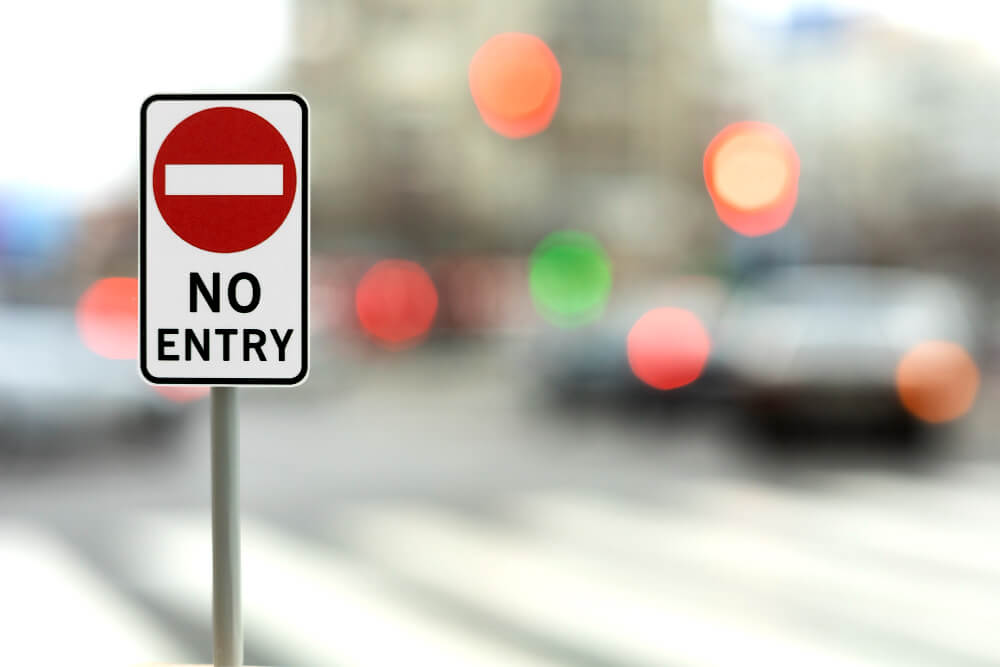Understanding regulatory signs is essential for anyone who uses public roads. These signs are not merely suggestions—they are mandatory traffic control devices used to inform road users of the laws and regulations that must be followed. Failure to comply with regulatory signs can result in legal consequences, fines, or accidents. In this comprehensive guide, we will explore everything you need to know about regulatory signs, their types, purposes, and why they are a cornerstone of road safety and efficient traffic management.
What Are Regulatory Signs?
Regulatory signs are official traffic signs that communicate specific laws, rules, or requirements to drivers and pedestrians. These signs tell road users what they must do or what they must not do in a particular area. They are designed to promote order and safety on the roads by managing the flow of traffic and preventing collisions or other hazards.
These signs are generally enforceable by law, and failure to obey them can result in citations or more serious legal penalties depending on the nature of the offense.
Key Features of Regulatory Signs
Regulatory signs have distinct features that differentiate them from other types of traffic signs:
- Shape and Color: Most regulatory signs are rectangular with a white background and black lettering or symbols, although there are exceptions such as the red octagon for STOP signs and red circle with a slash for prohibitive signs.
- Symbolism: Many signs use universal symbols to transcend language barriers.
- Visibility: They are made with reflective materials for high visibility at night or in poor weather conditions.
Why Are Regulatory Signs Important?
Regulatory signs play a critical role in the safety, efficiency, and legal regulation of roadway systems. Here’s why:
- Ensure Road Safety: By clearly indicating speed limits, right-of-way rules, or lane usage, these signs help prevent accidents and traffic violations.
- Guide Driver Behavior: Regulatory signs communicate expectations for driver conduct, reducing confusion and unpredictability.
- Legal Compliance: Obeying regulatory signs is not optional. They are backed by traffic laws, and non-compliance can lead to penalties.
- Uniformity and Predictability: Standardized designs ensure that drivers understand them across different regions and jurisdictions.
Types of Regulatory Signs and Their Meanings
1. Speed Limit Signs
These signs indicate the maximum or minimum speed that vehicles are legally allowed to travel. They are usually black numbers on a white rectangular background and are critical for:
- Controlling vehicle speed
- Reducing accident risks
- Improving traffic flow
2. Stop and Yield Signs
- STOP signs: Indicate a full stop is required before proceeding. These are red octagons with white letters.
- YIELD signs: Require drivers to give right-of-way to oncoming traffic or pedestrians. They are downward-pointing triangles with a red border.
3. No Entry and Do Not Enter Signs
Used to prohibit access to specific roads or lanes. They help manage one-way systems and restricted zones, especially in urban settings.
- “Do Not Enter” signs are red circles with a white horizontal bar.
- “No Entry” signs often include text or additional instructions.
4. Turn and Lane Usage Signs
These signs dictate the permitted or prohibited turns, lane changes, or directions at intersections.
- Examples include: “Left Turn Only,” “No U-turn,” “Keep Right,” etc.
- They enhance traffic flow and prevent illegal or dangerous maneuvers.

5. Parking Regulations
Regulatory signs also control where and when you can park.
- “No Parking,” “2-Hour Parking,” or “Permit Only” zones are all governed by clearly marked signage.
- These are vital in urban areas to avoid congestion and allow emergency vehicle access.
6. Pedestrian and Bicycle Regulations
Some regulatory signs are geared toward non-motorized road users:
- “No Pedestrian Crossing”
- “Bike Lane Only”
- These signs help protect vulnerable road users and promote multi-modal transport safety.
7. Weight and Height Limits
Used particularly on bridges, tunnels, or rural roads, these signs inform heavy vehicle drivers about:
- Maximum vehicle height
- Weight restrictions
- Preventing structural damage and ensuring roadway safety
How to Identify Regulatory Signs Easily
To help road users identify regulatory signs quickly:
- Look for bold text or universally recognized symbols
- Understand the color scheme: Red for prohibition, White for instruction, and Black for standard commands
- Be aware of location-specific variants—some signs may include local laws or be displayed in different languages
Where Are Regulatory Signs Commonly Found?
Regulatory signs are strategically placed in areas requiring specific driver action or caution, such as:
- Intersections
- School zones
- Construction zones
- Urban centers
- High-speed highways
- Pedestrian crossings
Proper placement is crucial to ensure that drivers have enough time to react and comply with the instructions.
Consequences of Ignoring Regulatory Signs
Failing to follow regulatory sign can result in:
- Traffic citations and fines
- License points or suspension
- Increased insurance premiums
- Legal liabilities in accidents
- Endangerment of lives
Law enforcement agencies treat violations of regulatory sign very seriously, and they are often used as legal proof in court cases related to traffic incidents.
Conclusion: The Backbone of Road Safety
Regulatory signs form the foundation of a safe and well-organized transportation system. Their clear instructions help in reducing accidents, guiding driver actions, and ensuring that all road users—whether drivers, cyclists, or pedestrians—coexist safely on our roads. Recognizing and obeying these signs is not only a legal obligation but also a moral one that protects everyone on the road.
If you’re preparing for a driving test, working in road safety, or simply want to stay informed as a responsible driver, understanding regulatory sign is essential.


